F A U N A
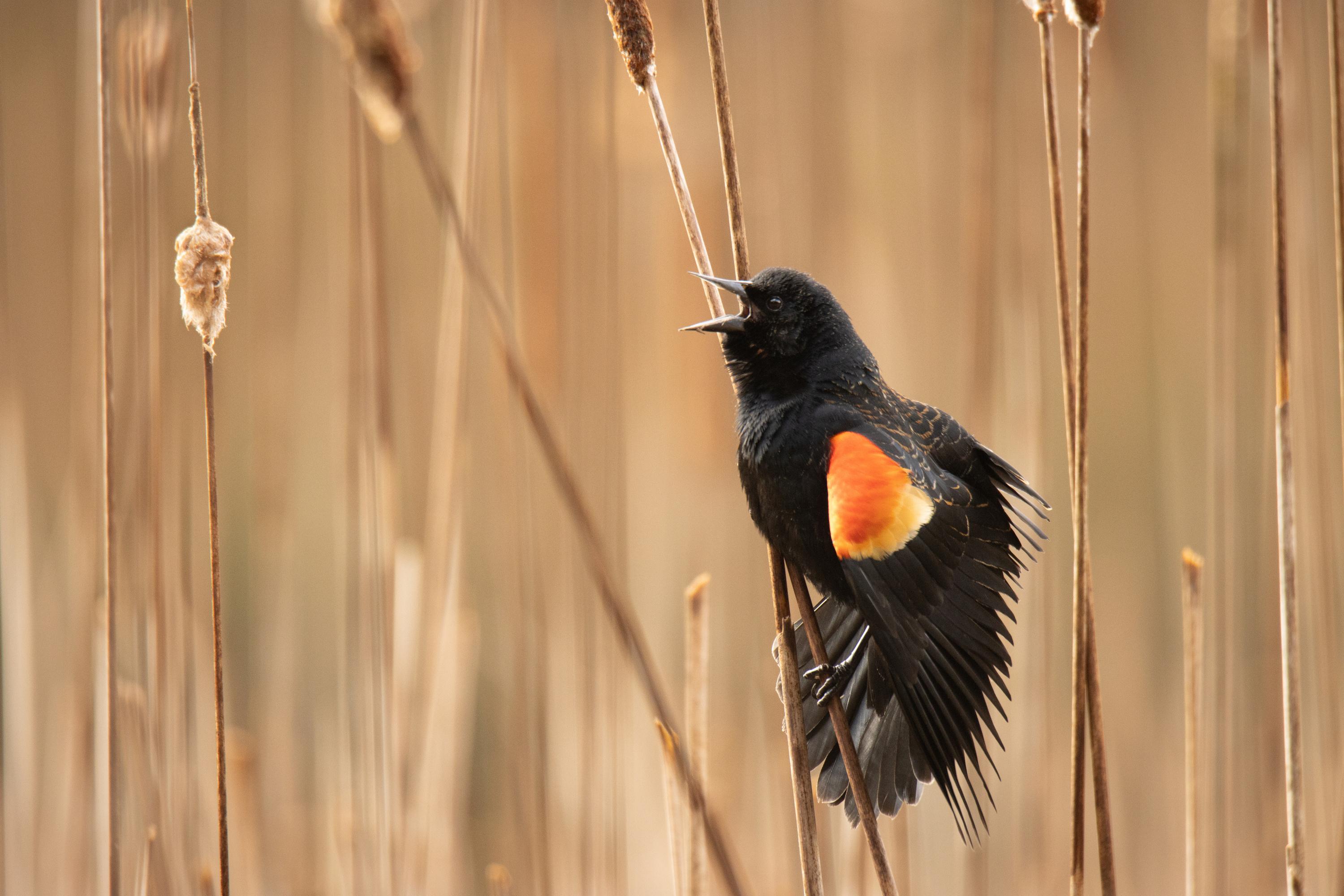
A n E n v i r o n m e n t a l H u m a n i t i e s L i t e r a r y a n d A r t M a g a z i n e S p r i n g 2 0 2 3
Front Cover: Early Morning Red Wing, Jakob de Swaan
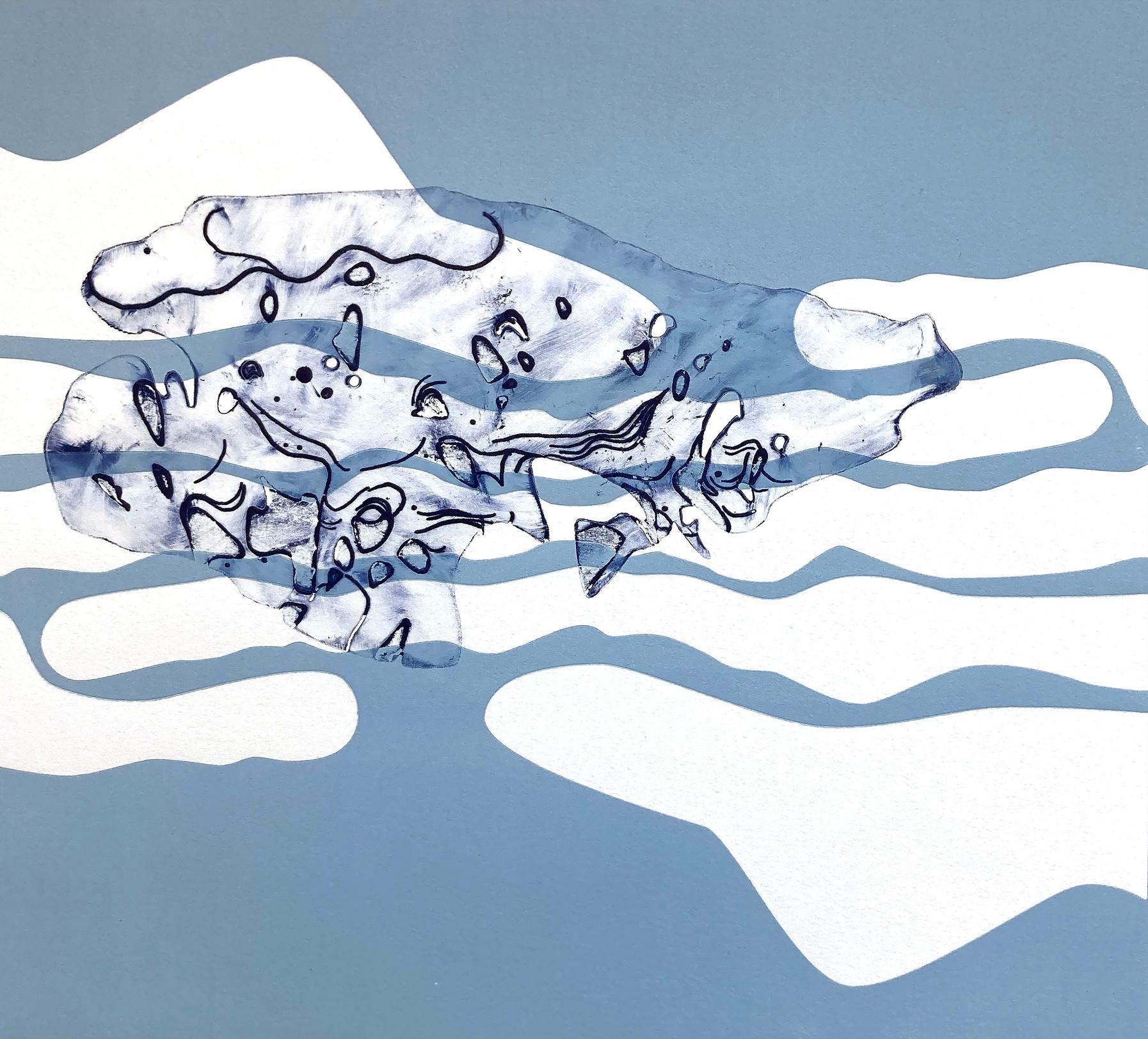
Arons '26
Table of Contents: Erin Coughlin '26
Page 3: Student Advisory Board
Page 4: Letter from the Editor, Portia Hardy
Page 5: Eden Mayer '25
Page 6: Sophie Shanae
Gould Dulabaum '26
Page 7: Erin Coughlin '26
Page 8: Sara Holden '26
Page 9: Morgan Cheney '24
Page 10: Mads McDonough '23
T A B L E O F C O N T E N T S
Page 11 - 12: Sophia Cortese
'23
Page 13: Anya Babb-Brott
'25
Page 14: Ruchi Pathak '26
Page 15: Emma Rothwell ' 26
Page 16: Sara Holden '26
Pages 17 - 19: Rory Hallowell

'24
Page 20: Anya Babb-Brott
'25 and Anne Johnson '25
Page 21 - 22: Student
Advisory Board
Page 23: Get Involved with
EH
Page 24: Upcoming EH
Courses
Back Cover: Early Morning
Red Wing, Jakob de Swaan
Arons '26
Ice
Erin Coughlin '26


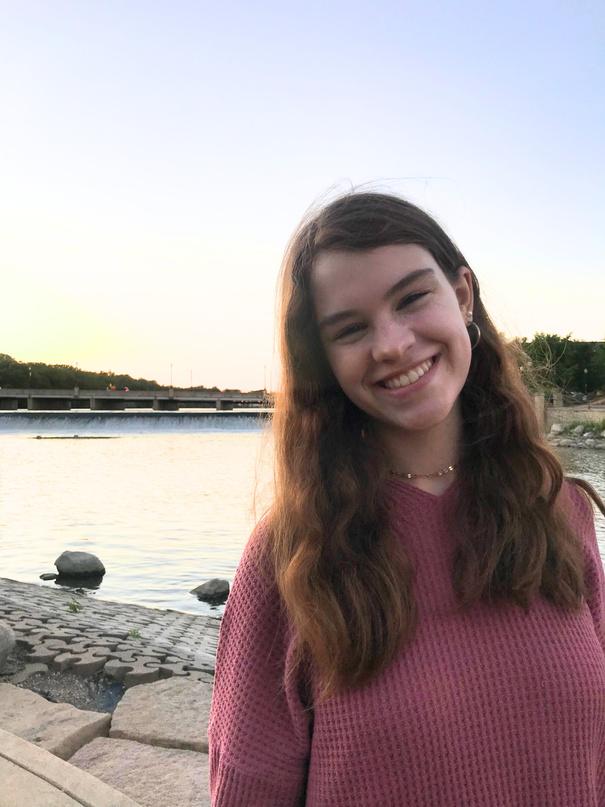
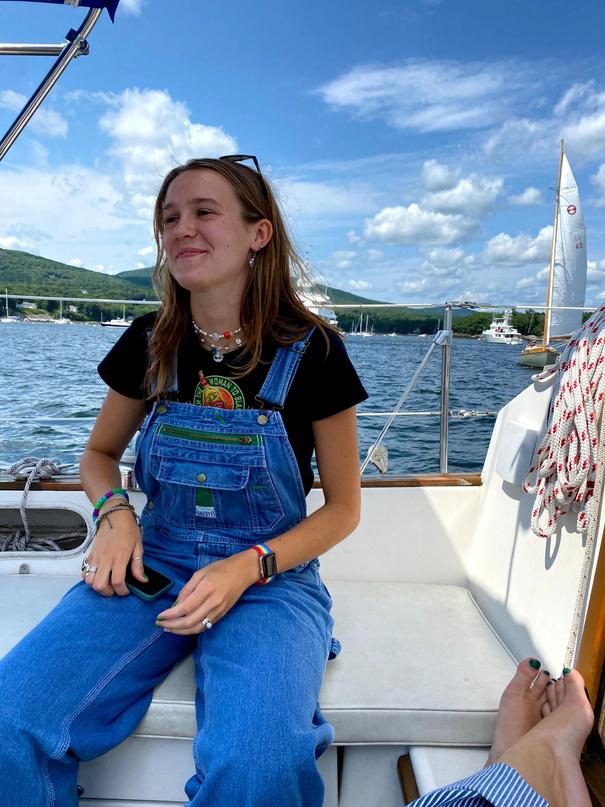

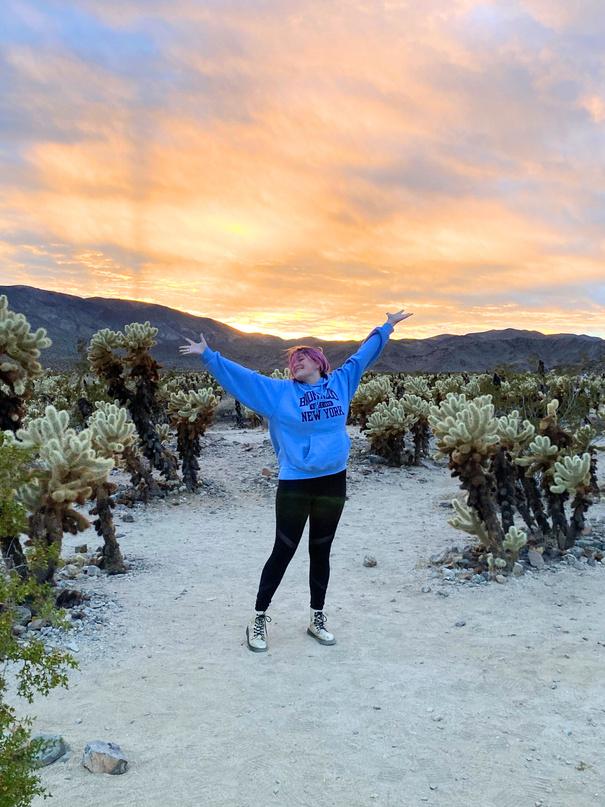



S T U D E
N T A D V I S O R Y B O A R D
Rory Hallowell '24 Student Chair
Sara Holden '26
Kate Jaffee '25
Eden Mayer '25
Kathryn Mechaley '26
Francie Treadwell '23
Sophie Shanae Gould Dulabaum '26
3
Anya Babb-Brott '25
L E T T E R F R O M
T H E E D I T O R
Dear Reader,
Welcome to the fifth issue of FAUNA, an environmental humanities literary and art magazine curated by the Environmental Humanities (EH) Student Advisory Board of the Colby Center for the Arts and Humanities (CAH) alongside myself as the CAH Program Coordinator Our magazine was created with the intention to share the wonderful original works of students at Colby College, works which are centered around the natural world and all its complexities. FAUNA contributes to our mission to spread the importance of the environmental humanities across our campus and into our local communities.
In this year ’ s issue you’ll find works ranging from striking black and white photos, poems inspired by the fantastical, and short essays that transport you from your current place You’ll read two articles that invite you to consider food waste in our society spanning from our local community in Portland, Maine, to the larger global community. This year ’ s edition of FAUNA is an eclectic collection of complex creative works which reflect the broader Colby community and the importance of pursuing interdisciplinary interests as they often produce fruitful thought provoking pieces
You are sure to find a piece that resonates with you, whether it be a poem, essay, photograph or drawing. Our students have poured their hearts into sharing their creative works, and that passion shines through the glossy pages of FAUNA. We celebrate their art, ingenuity and writing.
As you near the end of the magazine you’ll find a list of thoughtfully placed resources to continue your journey with EH, which includes a list of the EH courses offered to students for the upcoming academic year, information on how to join the Student Advisory Board and how submit your own work to FAUNA.
Thank you for taking the time to read this issue of FAUNA We hope you enjoy it!
 Portia Hardy
Staff Editor and Program Coordinator Center for the Arts and Humanities
Portia Hardy
Staff Editor and Program Coordinator Center for the Arts and Humanities

4
A L L E N I S L A N D I N P R I N T
 Eden Mayer '25
Eden Mayer '25
5
A trace monotype using an image taken from the shore of Allen Island.
CONTRAST
The hands of the fire
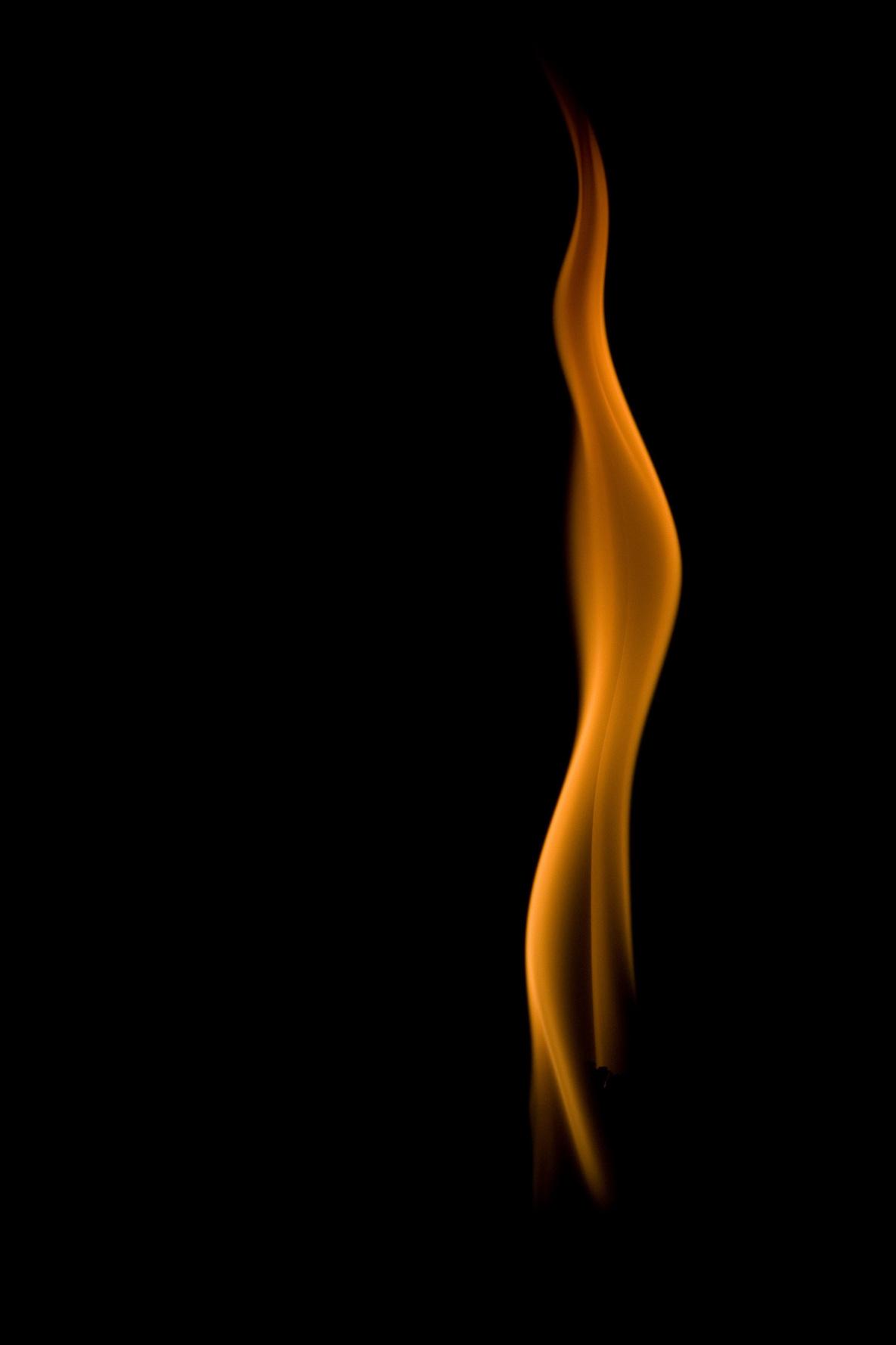
Grasp for above.
They jump around And push and shove.
A constant battle For expansion, Climbing the trees Of the moonlit mansion.
Exhaling into The crisp dark air, Weighing it down, Leaving land bare.
Flames are brighter
Where the sky is dark
And darkness deepens
Where the flames embark.
6
Sophie Shanae Gould Dulabaum '26

C O L L E C T I O N O F T R E A S U R E E r i n C o u g h l i n ' 2 6 7
HOME OF THE FAIRYTALE
I want to stand as the castle. Muscle of the landscape strong and pronounced even in my broken figure capturing the sun against ancient stone that hides war and magic under the collapsed ceiling of stars.
I want to embrace ivy creeping up my walls in attempts to bury me like a casket as another mystery to my tale text to chapters of lush gardens and love.
Not even the gaze of a princess veiled in beauty who snatches all attention in folds
6 of her striking red dress could faze me her eyes rolling up and down my figure as if awaiting a young prince
to leap from my windows swing her off the balcony waltz her into a fairytale instead of settling for novels.
Even then I would shield the legends give them away sparingly to those who dare to look.
I would rival the mountains watercolor sky and roaring white clouds forever the pages of my own once upon a time.
Based on Reading the Legend by Lilly Martin Spencer

S a r a H o l d e n ' 2
8


9
Photographs by Morgan Cheney '24
THE FORGOTTEN INDIGENOUS FOODS
Images were taken on Mauritius as part of a JanPlan photography project
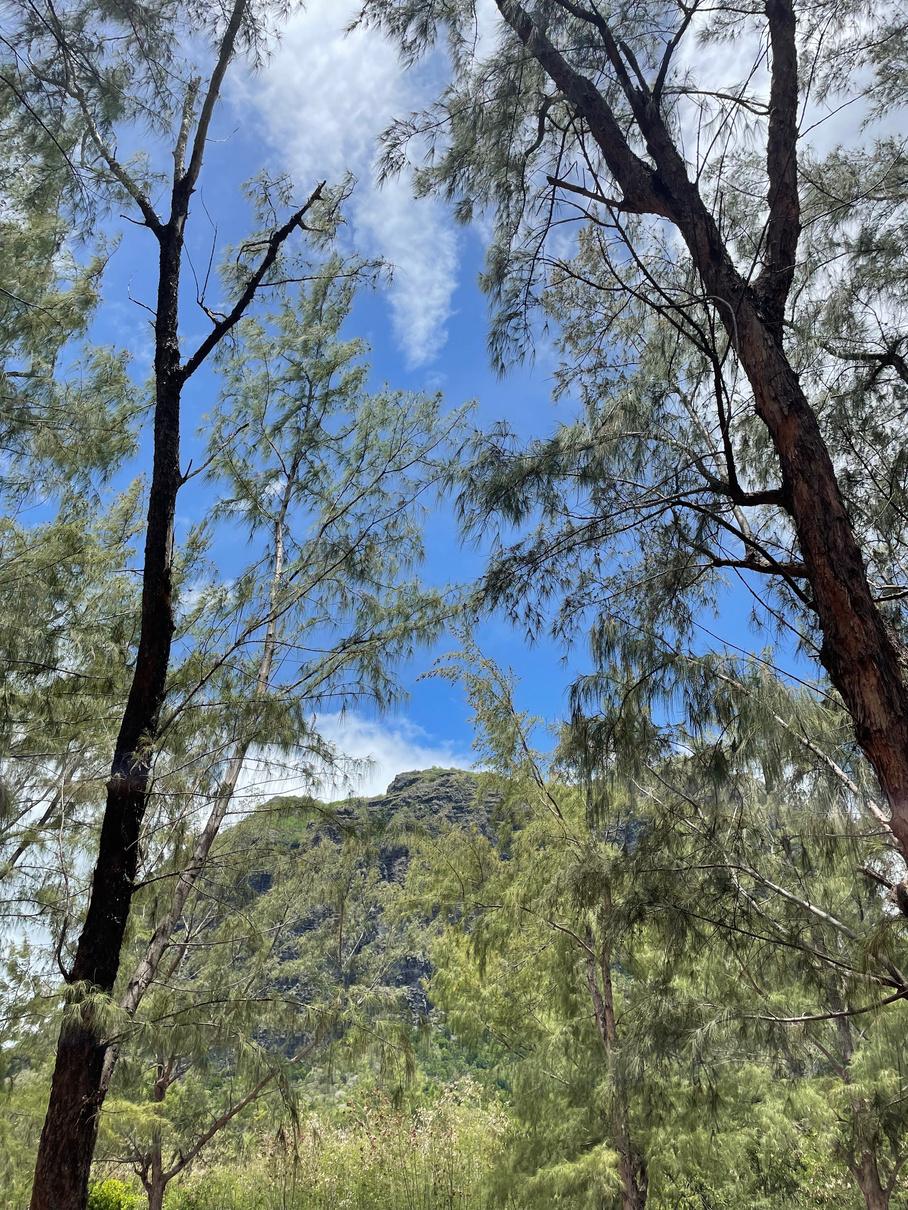



Mads McDonough '23

10
WASTE: IS IT REALLY THAT BAD?
Sophia Cortese '23
(Reprinted from The Colby Times)
Introduction
Waste. Waste is all the rage. What you do with your waste- how you manage your recycling, compost, and trash are critiqued and heavily discussed Keep a green bin under your sink, unscrew the caps from plastic bottles in the recycling bin, and don't dare put paper towels in the trash Maybe this was just my family, but I think there’s something to be said about a growing trend of greater attention on waste management by way of the products we buy and their path to the afterlife. Food and drink waste, however, are radically different from, say, old clothing and cars. All products are alike, once they’re out of our possession, they seem to just disappear. All in the name of privilege. In the United States, goods aren’t labeled “waste” until we are done with them. As a result, once they seemingly hold no value, they are umbrellaed under a negative connotation that certain societies have built up around discarded items Therefore, to rephrase the earlier statement: I think there’s something to be said about a trend of greater attention on product management while they are still active and valuable to us Although waste earns a negative association in society as discarded value, it brings attention to the global societal inequalities of commodification based upon the created definitions of waste as well as the communities that associate with discarded material.
What is Waste?
First and foremost, waste is, as Professor Britt Halvorson would put it, a cultural categorization of things, places, people, experiences and a dynamic category in time into which things are transformed but do not always assume that role.
By way of shifting a set of practices for remaking and denying value with moral dimensions, waste has always found its way into our favorite unsanitary words, such as “trash talk, junk food and waste of time”. How we view waste entirely depends on how the cultural practices of the communities in which we ascribe to value certain goods and services. When observing the bottled water industry, for example, the plastic from these bottles is seen as one of the leading forms of waste in wealthy countries. Richard Wilk argues that branding has a lot to do with which commodities are seen as beneficial while others are not and even how the same commodity can represent very different ideologies depending on the place: “In poor countries it represents the failure of the government to provide basic public services to citizens, while for the wealthy it has often come to represent waste, environmental destruction, the corruption of children by marketing, and the bankrupt absurdity of mass-consumer society as a whole (see Clarke, 2004).” As a result, in wealthier countries there lies heavy disdain from the use of plastic water bottles and the excess in plastic from bottled water is seen as leading this waste charge. Yet those in poorer countries desire clean, safe drinking water found in the scarcity of plastic bottled water and wouldn’t fall under the same definition of “waste”. While waste is passively defined by communities, waste also actively defines these communities.
11
The marginalization of migrant workers to the outskirts of Rio de Janeiro structurally created a historically poorer, working based community Uncoincidentally, the regional government created a large dumping ground named Jardim Gramacho for the city's, and its surrounding suburbs, waste in the 1970s which grew to be the largest dump in Latin America (and later in the world). While the dump demonstrated how health and toxicity is linked to the structural inequalities of marginalization, it also created new forms of work like the catadores, or workers who search the dump and collect “recyclable and reusable materials” to be gathered by trucks leaving the dump (Millar 164/5). I believe Millar makes an important statement not to sensationalize or glorify the work of catadores, as she comments they would not glorify their own, but to impress upon the fact that the work of waste and dump is not viewed as trash but of survival and living within social inequality For others, however, scavenging in dumps is not linked to basic survival, and they explore the possibilities that are found within discarded items Joshua Reno cites a worker named Timer who recreated a Chevrolet Malibu from scrap metal found in discarded junk yards. He used the scavenging and building of “waste” to instill lessons onto his sons, find peace in the process alone in his garage, and demonstrate, from the wheel marks and smoke, his skills as a mechanic. For Timer, the process, and not necessarily the final product, is what’s important (Reno 33-35).
“The positive experience of crafting a basket for domestic use out of a rubber tyre may be juxtaposed with the marginalized labour of female, migrant workers in textile reprocessing factories in India such conspicuous consumption may also provide opportunities for other people and places to benefit practically and politically from reuse ” (Reno 2)
Waste isn’t bad. Waste is central to a lot of communities Everyone interacts differently with waste depending on variables, such as geographical region, governmental reforms and economic profitability and most of all structural inequality Waste does not hold a negative connotation for Timer who can use scrap metal for pleasure, as it does not for the catadores who use discarded items for work. Waste does, however, represent larger issues of toxicity, of pollution, of discrimination, of inequality, of injustice, and of capitalism to name of a few.

Communities Through Waste Conclusion
12
Waste isn’t bad. But its causal effects are.
FOOD (WASTE) FOR THOUGHT
Anya Babb-Brott '25
(Reprinted from The Colby Echo)
Every year, Colby’s Center for the Arts and Humanities selects a theme to structure their events around. This year it is ‘Food for Thought’–you may have seen the poster hanging somewhere around campus. There have been a number of lectures already, all examining how our intricate relationship to food speaks to broader cultural, social, political, and environmental realities.
Through my time with the Environmental Humanities Student Advisory Board (which you should totally apply for!), as well as through a couple of my classes, I’ve talked a lot about the ways in which food represents more than just a meal we eat at the dining hall That’s why it was perfect when I found an internship with ScrapDogs, a small composting organization in midcoast Maine, during JanPlan ScrapDogs functions similarly to your average curbside garbage pickup, but instead of trash, they take your food waste.
I sat down with the owners, Tessa Rosenberry and Davis Saltonstall, to talk about their journey to composting and why they view their work as important. Think of this as a bonus mini-lecture for the Food for Thought series.
Back in their college days, they were both part of various environmental groups and were intent on helping schools and institutions implement zero-waste strategies, similar to some of the clubs here at Colby. Tessa said they “narrowed in on waste studies as a subject [they] were passionate about and felt [they] could make change within ” After their first attempt at starting a non-profit didn’t pan out, they each found separate work, Davis in the solar industry; Tessa in food justice education and urban planning, both eventually settling in Maine to start ScrapDogs
I asked them why they wanted to start this organization, considering how the midcoast is a pretty small corner of the world. Tessa said that her work post-college deepened her passion for
“community-level systems change and working on the ground to figure out solutions that can be scaled up over time.” Davis added that they had “learned about some survey results from MCSW [Mid-Coast Solid Waste] that implied folks in the region were looking for other composting options besides their backyard.” The two used these motivations to build ScrapDogs and used the face of their adorable dog, Roo, to champion it.
Davis explained that they think of ScrapDogs as having two possible paths: going “wide” or going “deep ” Instead of opting to distribute to a wider geographical population, they chose to concentrate their efforts in a smaller area, because they see it as “fundamentally more sustainable, fulfilling, and financially sound ”
It is in this “depth” that they’ve found real success, both in diverting food scraps from landfills, but also in creating connections within the area. During my internship, I rode along with Tessa on a pick-up day, and at nearly every stop, she stopped to talk with the customers if they were around–and said hi to any curious pets! She told me in the interview that she sees community composting “ as living at the intersection of so many good things: minimizing harmful impacts of our waste systems (emissions, air and water contamination, human health impacts), putting wasted resources to use and ‘closing the loop’ of consumption, rebuilding our soils and ecosystems, encouraging stewardship of our land and food by our community, strengthening the local food system and economy and on and on!”
Small efforts can sometimes seem inconsequential, but perhaps it’s looking at the smaller things in life, such as food, to see how widespread their impact really is Composting is just one aspect of our relationship to food, specifically what happens once we consider it to be “waste,” but there are so many more routes to explore
13

AMMA AND ME Ruchi Pathak '26 https://www.ruchirapathak.com 14
MO(O)N (emma rothwell '26)
BIG and bright! balancing ( ) in the darkness amongst the t w ink l in g stars
(it can) go up... (it can) go d o w n (it can) turn around but tonight it towers TALL! a diamond display for us all

15
The deer look nice today, Don’t you think? At peace, at ease; pure and tranquil. They munch pink hostas Mom planted for hours

Then their full mouths and perked noses go still, Wide eyes gawk through that wide window of ours.
You’d gawk back, point and gasp: oh look, how cute! And they’d stare, hearing the iconic Jeopardy tune. Your perfect curls bounce, lips smile wrinkled fruit. Time’s buried under their hooves, like dirt, strewn. But now I watch them turn back to bite grass, Unimpressed by me in the sunken couch: Different eyes, dark silence through the glass. Wind blows, kicks Time up from dust’s sickly pouch, Yet before they dash, once more they stare, too, How precious! because amongst them, is you.
16
Sara Holden '26
MANGROVES
Rory Hallowell '24
On Wednesday the 18th of January, my Geology class from Colby College in Waterville, Maine embarked on an expedition to Trunk Island, Bermuda, for the purposes of planting Mangrove propagules. After some hard work, the class planted around 170 propagules. Inspiration for the expedition not only related to the increasingly dire concern for wildlife in Bermuda, but also, as a way to give back to Bermuda for the many gifts and lessons the islands had bestowed to previous classes, of which Professor Bruce Rueger of the college has done since 1999. Funny enough, my older brother, Pen '21, visited Trunk Island 3 years earlier with professor Rueger, planting with his class, 20-30 native Bermuda Cedar Trees, which have since grown tremendously. It was wonderful to see the progress!
The Bermuda Zoological Society organized the day and supplied much of the equipment. We stayed at BIOS, The Bermuda Institute of Ocean Sciences, for the 10 day adventure on Bermuda. To put it plainly, we got dirty in paradise and we liked it. Better yet, for our efforts on the island, US consul General to Bermuda, Karen Grissette, awarded the class, as well as Trunk Island staff, a US consulate in Bermuda Challenge coin, which she noted was in relation to the “great honor we bestowed” on our country. A liberal arts education is an exploration itself, one that brought me to learn about the geology and natural flora and fauna of Bermuda.

17
 Professor Bruce Rueger's Geology Class, Transplanting Mangrove Propagules
Professor Bruce Rueger's Geology Class, Transplanting Mangrove Propagules
18
Rory Hallowell '24
MANGROVE PARTY

B E R M U D A R o r y H a l l o w e l l ' 2 4 19
The inspiration behind our photo collage, titled "Patriarchal Earth," came from Hanya Yanagihara's The People in the Trees. A novel about the imposition of the Western world on a remote Micronesian island, we could not help but see the parallels between how the main character, Norton Perina, treated the natural world and the women in his life. Norton’s regard for these two groups went only so far as their appeal or benefit to him.

We wanted to dig deeper and explore the consequences that our hetero-patriarchal society has on the relationship between the three groups that Yanagihara presents in her novel–the patriarchy and the men that it produces, the women that it suppresses, and the nature that it exploits.
Anya Babb-Brott '25
Anne Johnson '25
20


W R E A T H M A K I N G ! S t u d e n t A d v i s o r y B o a r d 21
To celebrate the end of the fall semester, our Student Advisory Board held their annual wreath-decorating workshop on December 3. The program was lively and popular, with students from across campus joining in on the fun. Hot cocoa, warm cider and a yummy selection of cookies were served and enjoyed by all! We extend a big thank you to Josh Steele of The Robin's Nest for leading everyone through this cheerful event!


22
Delve into the Environmental Humanities with the English with Literature and the Environment Concentration!
For those English majors with a passion for the environmental humanities, we would like to promote the major concentration, English with Literature and the Environment (ENLE). English majors at Colby have the opportunity to focus their research through the lens of the environmental humanities (EH) Colby is one of only a handful of colleges in the US to offer an environmental literature concentration, so being a part of this program is truly a unique opportunity. To learn more, visit the EH website at https://cah.colby.edu/initiatives/environmental-humanities/
Want to submit to FAUNA?

Email your environmentally-themed art and writing to next year ' s EH Student Advisory Board Chair Rory Hallowell at rhhall24@colby.edu and you could be published in our next edition. No writing submissions over four pages please. To learn more about our submission guidelines, and read previous editions, please go to the CAH website, and visit the FAUNA webpage under the Student Experience tab.
Want to join the EH Student Advisory Board?
Go to the Colby CAH website and click on Student Advisory Board under the Student Experience tab. Fill out the application there, and email it to SAB Chair Rory Hallowell.
Another great way to get involved in the Environmental Humanities at Colby is to take one of our fantastic EH classes See the list of upcoming EH classes on the next page
To learn more about the Center for the Arts and Humanities, like us on Facebook, follow us on Instagram @colbycah, or visit our website at cah.colby.edu.
G E T I N V O L V E D W I T H T H E E N V I R O N M E N T A L H U M A N I T I E S ! 23
Fall 2023
AM128: Land, Sovereignty, and Cultural Identity, Michelle
AY256 Land, Food, Culture, and Power, Mills
BI494 Environmental Science Research Experiance, Becknell
EC343 Environment and Development, Meredith
EN283: Environmental Humanities: Stories of Crisis and Resilience, Taff
ES233: Environmental Policy, Nyhus
ES364 Climate Change, Justice, and Health, Carlson
ES401 Environmental Studies Colloquium, Becknell
PL328: Radical Ecologies, Peterson

RE218: Global South Asia: Literature, Art, Environment, Singh
SP297: Deep Ecology in Human Imagination, Millones
WD115I: First-Year Writing: Landscape and Place, Megan
Jan Plan
EN237: Environmental Writing in the Himalayas: Practicing the Arts of Unmastery, Braunstein
BI118: Sustainable Agriculture and Food Systems, Marshall
Spring 2024
AY221 Of Beasts, Pets, and Wildlife: What Animals Mean to Humans, Menair
AY356 Traveling Cultures: The Anthropology of Tourism, Mills
EA120 Nature in East Asian Literature and Culture, Besio
EC231 Environmental and Natural Resource Economics, Meredith
EN355 Staging Pirates and Captives in Early Modern Romance, Taff
EN357 Literature and Environment, Taff
ES118 Environment and Society, Becknell
ES243 Environmental Ethics, Peterson
ES366 Pollution and Human Health, Carlson
WD115I: First-Year Writing: Landscape and Place, Megan
U P C O M I N G E N V I R O N M E N T A L H U M A N I T I E S C O U R S E S 24
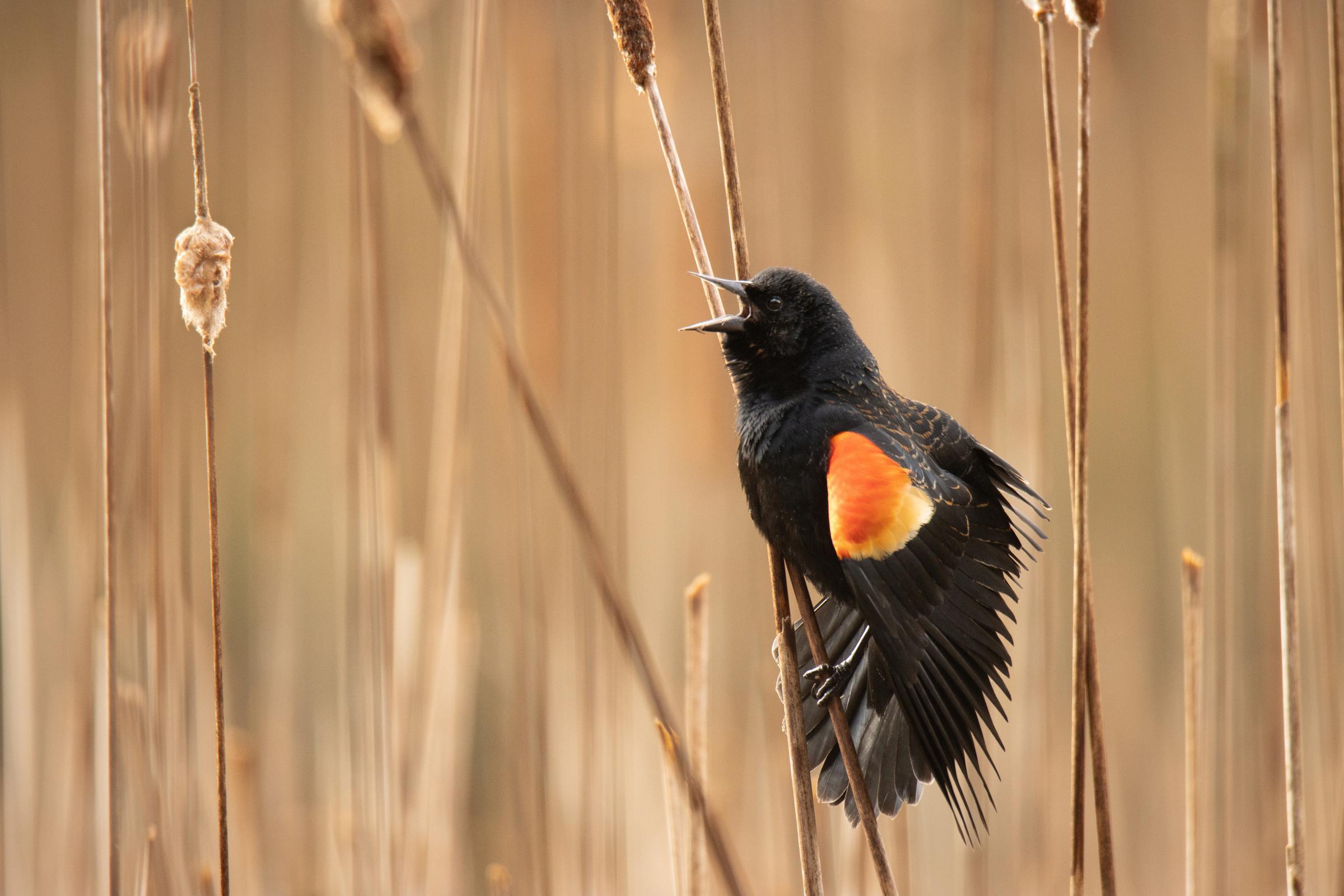













 Portia Hardy
Staff Editor and Program Coordinator Center for the Arts and Humanities
Portia Hardy
Staff Editor and Program Coordinator Center for the Arts and Humanities

 Eden Mayer '25
Eden Mayer '25














 Professor Bruce Rueger's Geology Class, Transplanting Mangrove Propagules
Professor Bruce Rueger's Geology Class, Transplanting Mangrove Propagules








